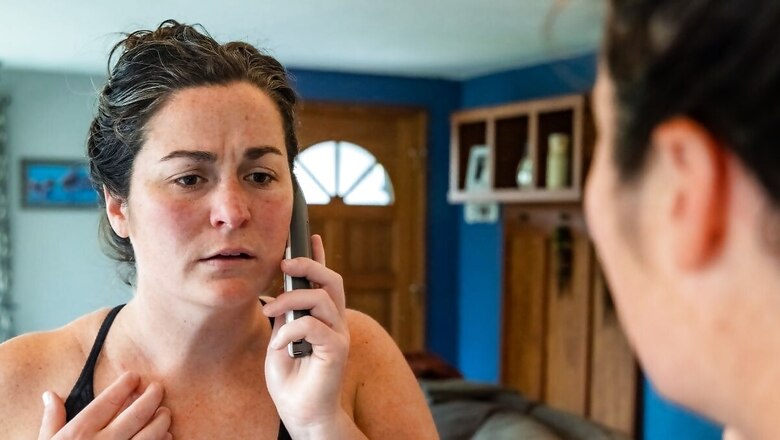
views
Squamous cell carcinoma (SCC) also known as Saree Cancer is a type of skin cancer that can develop in areas exposed to chronic irritation or friction. While not exclusive to sarees, tightly worn sarees, petticoats, and dhotis can increase the risk of SCC at the waistline.
Often referred to as “saree cancer” due to its prevalence in sun-exposed areas like the neck and face, is a type of skin cancer that originates in the squamous cells, which are flat cells found in the outer layer of the skin. While it is usually not as aggressive as melanoma, SCC can still pose serious health risks if left untreated.
SCC typically appears as a red, scaly patch, a sore that does not heal, or a raised growth with a central depression. It can develop on any part of the body but is most commonly found on areas frequently exposed to the sun, such as the face, neck, ears, hands, and arms. Risk factors for SCC include prolonged exposure to ultraviolet (UV) radiation from the sun or tanning beds, a history of sunburns, fair skin, a weakened immune system, exposure to certain chemicals or radiation, and a history of precancerous skin lesions.
Symptoms to Watch For:
• Red, itchy patches
• Formation of ulcers
• Raised lumps near the waistline
Prevention Tips:
- Wear loose-fitting sarees and petticoats.
- Maintain good hygiene in the waist area.
- Consider shapewear under the petticoat for added comfort and reduced friction.
- Always choose a broader, belt-like string instead of a thin, rope-like one.
- Regularly examine your waistline for any changes.
- Limit your exposure to the sun, especially during peak hours between 10 a.m. and 4 p.m. When outdoors, seek shade whenever possible, and wear protective clothing, such as wide-brimmed hats, long-sleeved shirts, and sunglasses. Use a broad-spectrum sunscreen with an SPF of 30 or higher, and reapply it every two hours or after swimming or sweating.
- Tanning beds emit harmful UV radiation, which can increase your risk of developing skin cancer, including SCC. Avoid using tanning beds altogether.
- Familiarize yourself with your skin and perform monthly self-examinations to look for any changes in moles, freckles, or other skin growths. Consult a dermatologist if you notice any suspicious lesions or changes in your skin.
- The lips are also susceptible to sun damage and skin cancer. Use a lip balm with SPF protection to shield your lips from harmful UV rays.
- Smoking tobacco can increase your risk of developing SCC, particularly on the lips. Quitting smoking can help reduce this risk and improve your overall health.
Early Detection is Key: If you notice any of the above symptoms, consult a dermatologist for prompt diagnosis and treatment. Early detection of SCC significantly improves the chances of successful treatment.




















Comments
0 comment